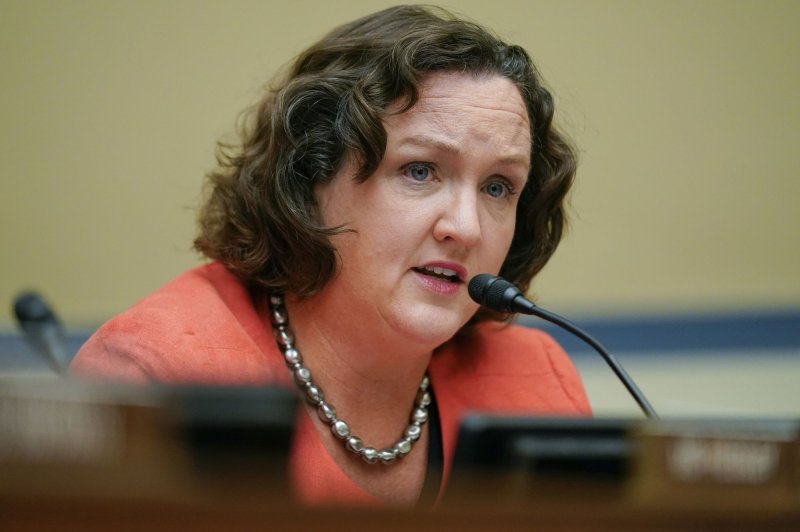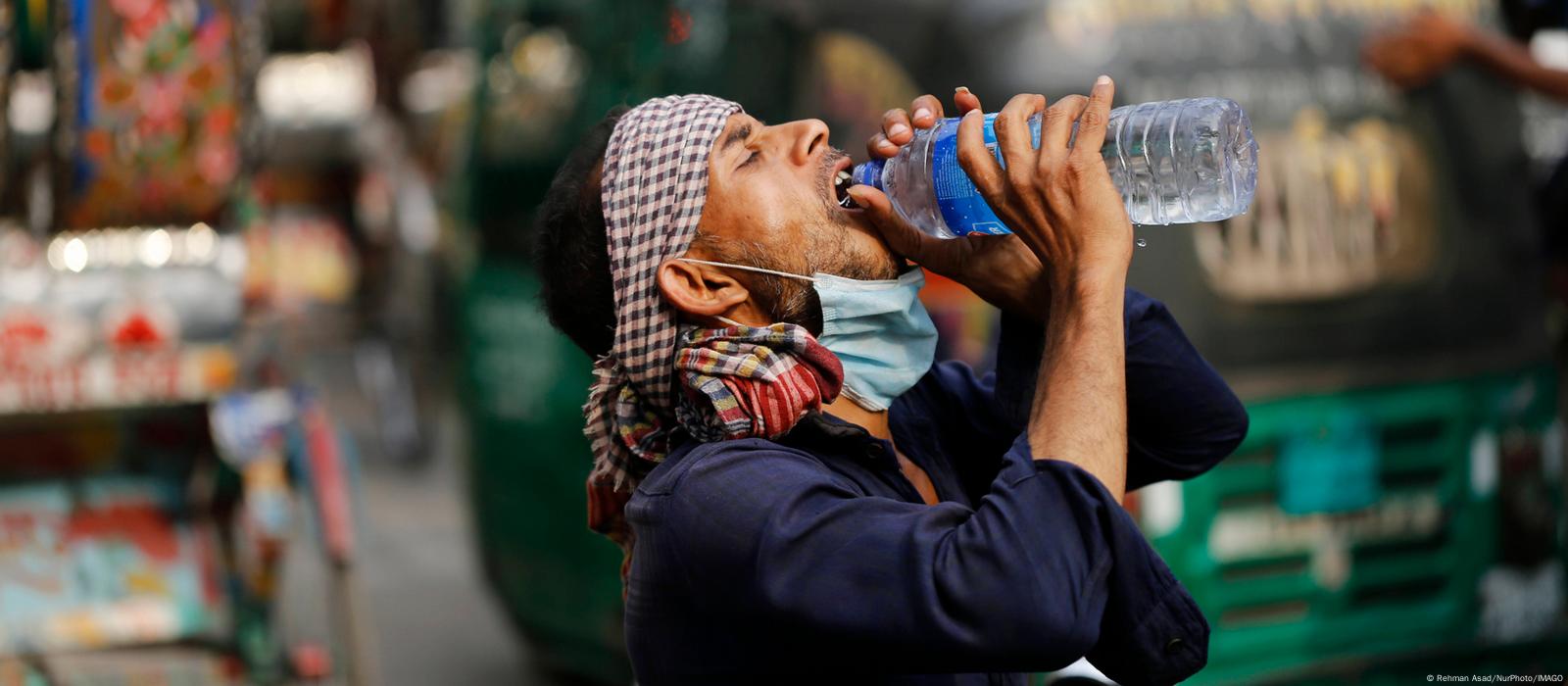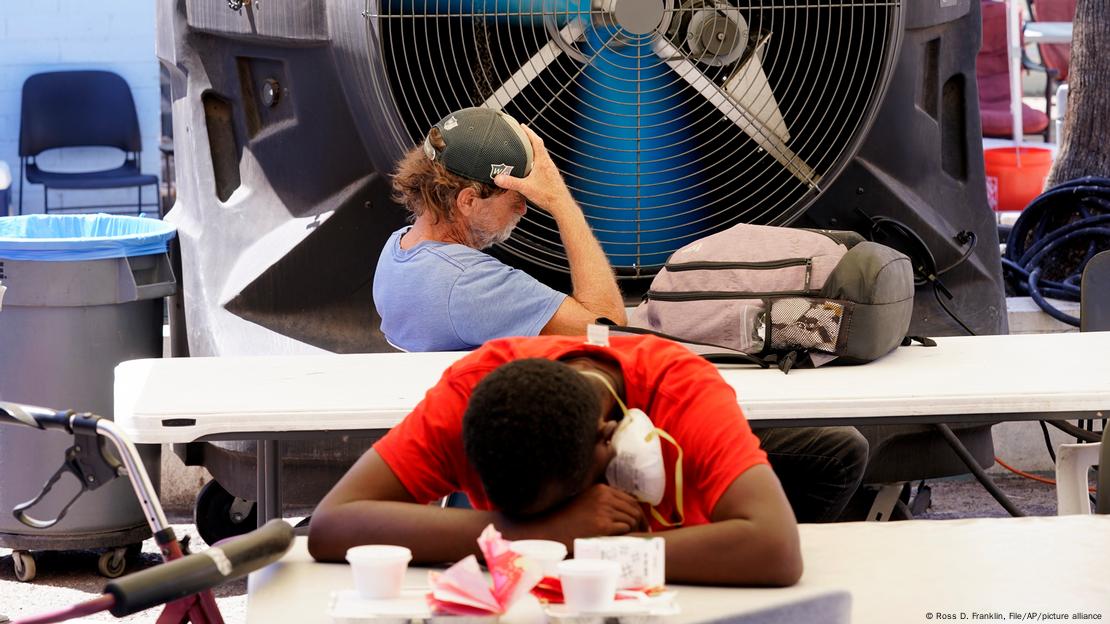Maddie Burakoff

This image provided by the Statens Museum For Kunst shows the 1834 painting "The 84-Gun Danish Warship 'Dronning Marie' in the Sound" by Christoffer Wilhelm Eckersberg. Danish painters in the 19th century had some special ingredients up their sleeves: They used materials from brewing beer to create their artwork, according to research published in the journal Science Advances on Wednesday, May 24, 2023. (Christoffer Wilhelm Eckersberg/Statens Museum for Kunst via AP)
NEW YORK (AP) — Danish painters in the 19th century may have turned to an unusual source for some of their supplies: breweries.
Researchers examined paintings from the Danish Golden Age and found traces of yeast and grains. That suggests painters were turning to byproducts from local breweries to prepare canvases, they reported Wednesday in the journal Science Advances.
Study author Cecil Krarup Andersen said they went into the project looking for glue made from animals.
“Then, by surprise, we found something completely different,” said Andersen, a paintings conservator at the Royal Danish Academy.
The brewing leftovers would have been spread over the canvases as a paste, creating a smooth surface and preventing the paint from seeping through, Andersen explained. Today, this priming process is usually done with a white mixture known as gesso.
The authors said that knowing what’s on the canvases will help in conserving them.
In the study, scientists took a look at works by two of the first master painters to come out of Denmark — Christoffer Wilhelm Eckersberg, considered the father of Danish painting, and Christen Schiellerup Kobke.
To get a peek underneath their scenes of bobbing ships and family portraits, researchers used pieces of canvas that had been trimmed off the paintings in an earlier conservation project.
The team analyzed the little strips to pick out what kinds of proteins were in them, explained lead author Fabiana Di Gianvincenzo, a heritage scientist now at Slovenia’s University of Ljubljana.
Their results showed that seven of the 10 paintings contained mixes of yeast, wheat, rye and barley proteins — some of the key ingredients for a good Danish ale.
Beer itself was a precious commodity at the time — it was even used to pay salaries — so artists probably weren’t pouring actual drinks onto their work, Di Gianvincenzo said. Instead, the Royal Danish Academy of Fine Arts, which prepared canvases for its artists, likely bought leftover mash from local breweries.
This kind of recycling wasn’t uncommon, Andersen added: Artists also used bits of sails for their canvases and boiled leather scraps for their glue. Records from the time also suggested that beer products may have been used in the arts.
The research links two elements of Danish culture, Andersen said.
“What represents Denmark? Well, beer is one of the first things that some people think about,” Andersen said. “But then also, this particular time and these particular paintings are deeply rooted in our story as a nation.”
___
The Associated Press Health and Science Department receives support from the Howard Hughes Medical Institute’s Science and Educational Media Group. The AP is solely responsible for all conten




This photo provided by Fabiana Di Gianvincenzo in May 2023 shows her taking a small sample from the strip of the tacking edge of a painting canvas for analysis. Danish painters in the 19th century had some special ingredients up their sleeves: They used materials from brewing beer to create their artwork, according to research published in the journal Science Advances on Wednesday, May 24, 2023.

This image provided by the Statens Museum For Kunst shows the 1831 painting "View from the Loft of the Grain Store at the Bakery in the Citadel of Copenhagen" by Christen Købke. Danish painters in the 19th century had some special ingredients up their sleeves: They used materials from brewing beer to create their artwork, according to research published in the journal Science Advances on Wednesday, May 24, 2023.












